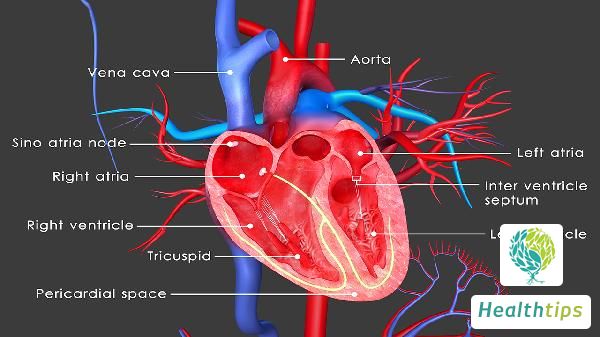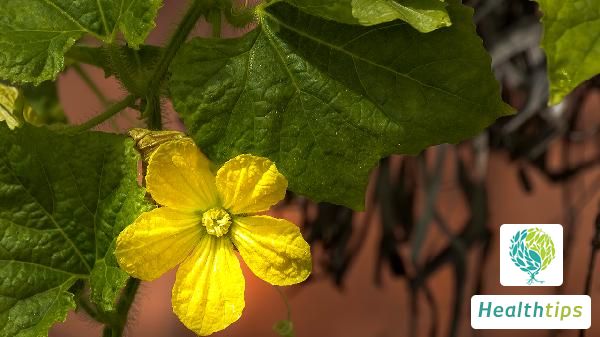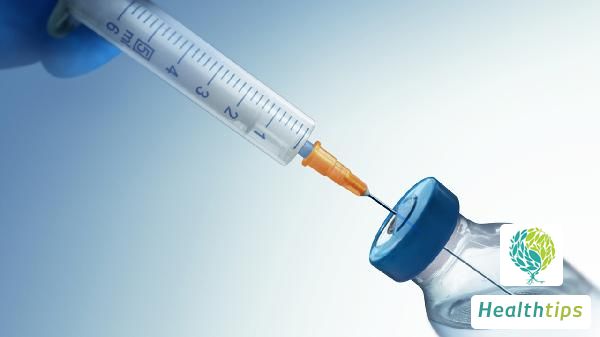What Are the Follow-Up Examination Items After Cervical Cancer Surgery?
Cancer is categorized into numerous types, with cervical cancer being a highly prevalent form among female gynecological diseases. Prompt surgical intervention is essential upon diagnosis, as delayed treatment can pose a significant threat to the patient's life. Typically, surgical treatment effectively alleviates the condition, yet post-surgical relapse prevention is equally crucial. Regular follow-ups are imperative to ensure the absence of recurrence.

What are the follow-up items after cervical cancer surgery? First, smear tests are typically conducted during the first follow-up after surgery. Depending on the necessity, HPV testing and cytology examinations may also be required. If HPV testing returns negative, subsequent follow-ups may be spaced out to every six months or a year.
Secondly, PET/CT scans are another important aspect of post-surgical follow-up. When conditions permit, this type of examination is recommended. It assesses tumor staging by evaluating the absorption of glucose by the tumor in comparison to other tissues. This provides both patients and doctors with a detailed understanding of the uterine cancer.
Thirdly, B-ultrasound is another examination conducted after cervical cancer surgery. It can help determine whether there is a recurrence of the cancer by detecting the presence of abdominal masses. However, B-ultrasound cannot identify the nature of these masses, and pathological reports remain the sole evidence for confirming cervical cancer recurrence. Additionally, pathological examination is crucial after surgical biopsies of inguinal lymph nodes.
While undergoing regular follow-ups, cervical cancer patients must also focus on physical recovery. Surgery often results in a significant loss of energy, and thus, a diet rich in vitamins and proteins is recommended. Foods like garlic, shiitake mushrooms, and other anticancer substances are excellent sources of selenium, which enhances bodily repair mechanisms and immunity, effectively aiding in cancer prevention.



















